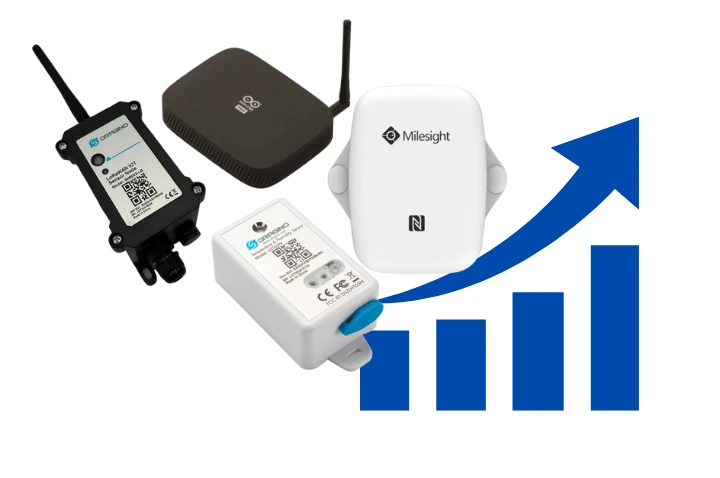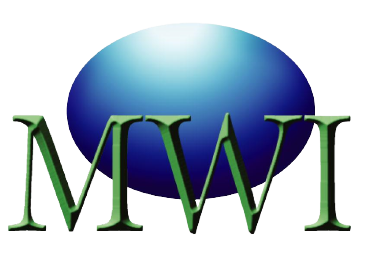Introduction: The Modern Cold Chain Dilemma
Cold chain operations are under pressure. While demand for freshness, traceability, and compliance is rising, budgets remain tight — especially for logistics, pharmaceutical, and F&B companies navigating inflation and supply chain volatility.
The challenge? Reducing operational costs without sacrificing compliance, product integrity, or service quality.
The solution lies in the cloud-IoT equation: combining cloud-based software with IoT-enabled sensors to deliver smart, cost-efficient cold chain monitoring.
Where Traditional Cold Chains Lose Money
Many cold chain operators still rely on manual logs, wired infrastructure, or siloed systems — all of which add hidden costs:
-
❌ Labor-intensive temperature recording
-
❌ Human errors in documentation
-
❌ Overcooling due to lack of real-time visibility
-
❌ Delayed response to temperature excursions
-
❌ Compliance fines from missing or incomplete records
These inefficiencies drain budgets quietly but consistently.
Cloud + IoT: A Smarter Approach to Efficiency
By adopting IoT sensors connected to a cloud-based platform, cold chain businesses can achieve real-time visibility, automation, and cost savings across the board.
✅ Lower Capital Expenditure
-
Wireless sensors are easier and cheaper to install (no rewiring or complex IT setup)
-
Cloud-hosted dashboards eliminate the need for on-premise servers or costly software licenses
✅ Reduced Labor Costs
-
Automated temperature logging removes the need for manual entries
-
Instant alerts via email/SMS reduce time spent on reactive troubleshooting
✅ Minimized Product Loss
-
Real-time monitoring catches temperature deviations before spoilage occurs
-
Audit-ready reports make regulatory inspections faster and stress-free
✅ Energy Savings
-
Optimized cooling through trend analysis helps avoid unnecessary overcooling
-
Data insights allow better scheduling of defrost cycles and generator usage
Real Numbers: The ROI of Cloud-IoT Monitoring

-
Organizations that transition from manual or legacy systems to cloud-based IoT solutions typically report:
-
30–50% reduction in time spent on compliance reporting
-
Up to 40% fewer product spoilage incidents
-
Faster return on investment (ROI) within 6–12 months
-
10–15% savings on energy bills
The system pays for itself — not just in compliance, but in measurable, ongoing cost reduction.
-
Scale Without Scaling Overheads
One of the greatest advantages of cloud-IoT systems is scalability. Whether you’re monitoring 5 freezers or 500 delivery vehicles, cloud platforms:
-
Allow centralized control across multiple sites
-
Support multi-user access for distributed teams
-
Automatically sync firmware and software updates, reducing maintenance
You grow your operations without needing to grow your IT team.
No Compromise on Quality or Compliance
While cutting costs is key, quality must remain non-negotiable — especially in industries handling temperature-sensitive goods. Cloud-IoT systems support:
-
Regulatory compliance (HACCP, WHO GDP, FDA CFR 21 Part 11)
-
Full traceability of temperature records
-
Tamper-proof audit trails for transparency and trust
They don’t just lower costs — they elevate operational reliability.
Bonus: Smarter Decisions, Not Just Smarter Devices
Beyond monitoring, cloud-IoT platforms offer analytics and AI-driven insights to help you:
-
Predict equipment failure (via temperature drift trends)
-
Benchmark performance across outlets or vehicles
-
Identify process bottlenecks and inefficiencies
It transforms cold chain monitoring from a compliance burden into a strategic advantage.
Final Thoughts: Don’t Cut Corners — Cut Waste
Cost-cutting in cold chain operations doesn’t have to mean sacrificing quality. By adopting a cloud-IoT solution, you unlock:
-
Faster response times
-
Fewer compliance risks
-
Lower product losses
-
Smarter resource usage
All while staying lean, efficient, and future-ready.
Other Blogs
Food Storage
Medical Storage
IT Equipment
Server room temperature & humidity monitoring


